Samsung
Samsung presented new era of Micro LED Technology at ISE 2022

Samsung Electronics Micro LED is truly an incredible technology and is a wonderful innovation by Samsung. It is showcasing the slimmest ever pixel pitch that is all in one and has a very convenient installation.
Samsung Electronics is presenting the future of Micro LED technology at Integrated Systems Europe (ISE) 2022 in Barcelona. Samsung is very keen on its presentation and has represented three refreshing models from its State of the art display, The Wall.
At ISE 2022 Samsung is going to unveil The Wall with the model name IWB, which has an immersive screen and large screen. The IWB is 0.63 and the 0.94-pixel pitch is the slimmest of all the Micro LEDs.
DOWNLOAD SAMMY FANS APP
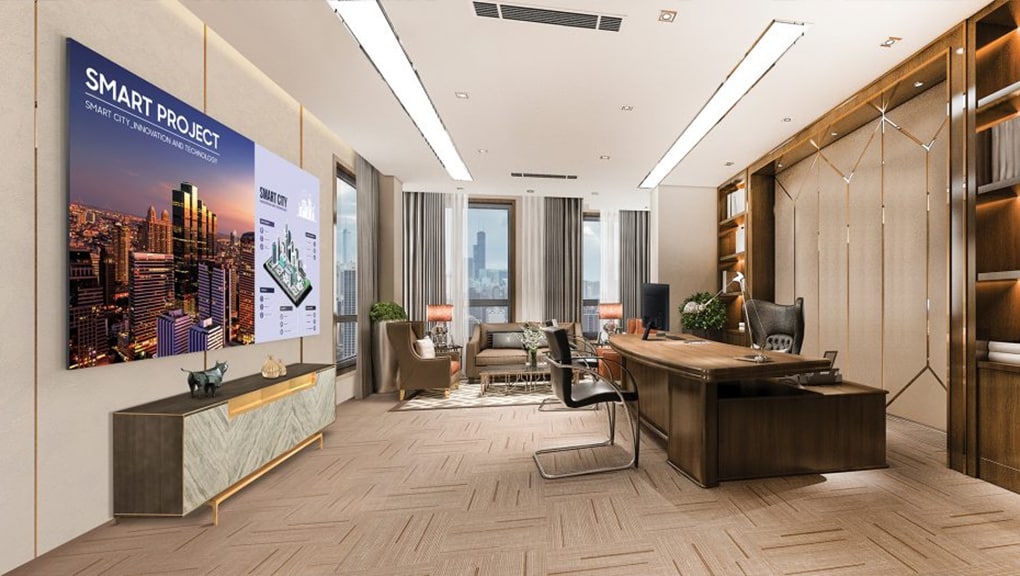
The Wall All in One is available in model name IAB, which is offered in three different variants, 4K 146-inch, 2K 146-inch, and 2K 110-inch. The Wall has a 16:9 form factor and is the only product by Samsung that is only sold by the screen.
The new line of Micro LED is very versatile that is adapting to the new era extending its reach from the charging station to the hybrid classroom and office conference room. These Micro LEDs are exemplifying Samsung’s ongoing experiments in creating solutions that include contactless communication, and improved safety features.
The thinness of the display is 49mm and comes to 59mm after complete installation. Additionally equipped with the Black Seal technology and Micro AI Processor. One of the most interesting things is that two 4K 146-inch screens can be installed together to build a 32:9 form factor model.
Get notified –
Aside from SammyFans’ official Twitter and Facebook page, you can also join our Telegram channel, follow us on Instagram and subscribe to our YouTube channel to get notified of every latest development in Samsung and One UI ecosystem. Also, you can follow us on Google News for regular updates.
Samsung
Samsung collabs with game developers for enhanced experience
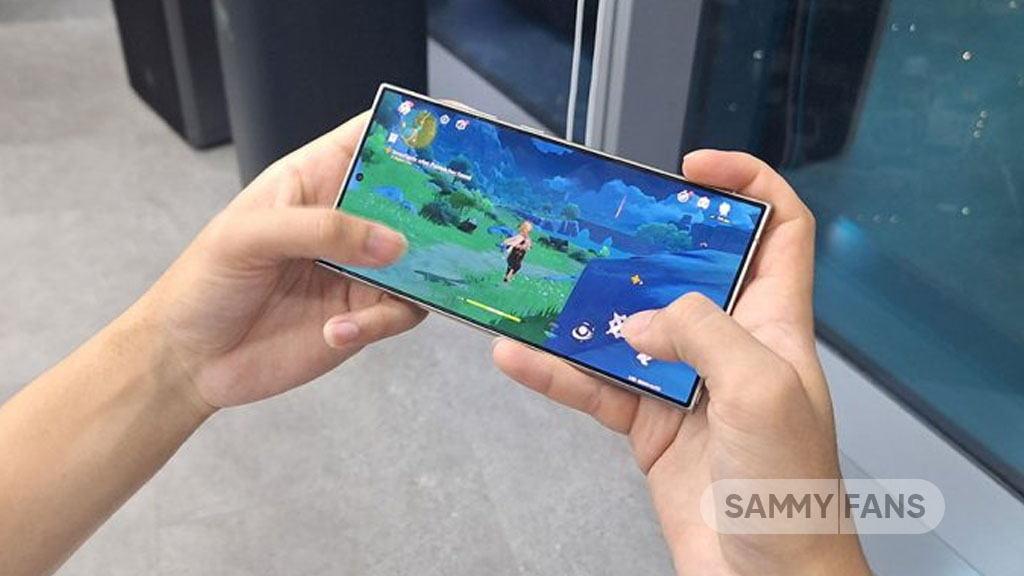
Samsung Game Optimization Team has been working hard to make sure your favorite games run smoothly on your Galaxy phone. The Korean tech giant is collaborating with game developers to fix issues and make sure new games work great from the start on Samsung devices.
This collaboration has brought significant improvements in popular games like “Collapse: Starrail” and “Persona 5: The Phantom X.”
Collapse: Starrail
Samsung recently fixed some issues with a Collapse: Starrail game version 2.1 that was having issues on the S24 LSI model. There were some issues with the animations and gameplay screen speed.
The team swiftly addressed these issues by setting up a Development Camp in China and working closely with the game’s developers. Now, they’re going to release a new version (2.2) in May that should work much better.
Persona 5: The Phantom X
The Galaxy Game Optimization team also made “Persona 5: The Phantom X” run better by using something called Vulkan. They resolved rendering and flickering issues by enhancing the game’s rendering precision. The improved version 1.0.2 is already out, and you can get it from the Galaxy Store or Playstore.
Samsung will continue to inform users of updates and collaborations through a new bulletin board, which will also gather user feedback on game performance. The team also noted a special thanks to YouTuber Square Dream for their assistance in problem-solving.
Announcement of game optimization status ‼️
This is a message from the Galaxy Game Optimization Team regarding their efforts to improve the gaming experience on Samsung Galaxy devices.
• The team collaborates with game companies to optimize games for Galaxy devices, both for… pic.twitter.com/yJuVDs2VmA
— Tarun Vats (@tarunvats33) May 6, 2024
Stay up-to-date on Samsung Galaxy, One UI & Tech Stuffs by following Sammy Fans on X/Twitter. You can also discover the latest news, polls, reviews, and new features for Samsung & Google Apps, Galaxy Phones, and the One UI/Android operating system.
Do you like this post? Kindly, let us know on X/Twitter: we love hearing your feedback! If you prefer using other social platforms besides X, follow/join us on Google News, Facebook, and Telegram.
Apps
Samsung refreshes Galaxy Store for phones, smartwatches
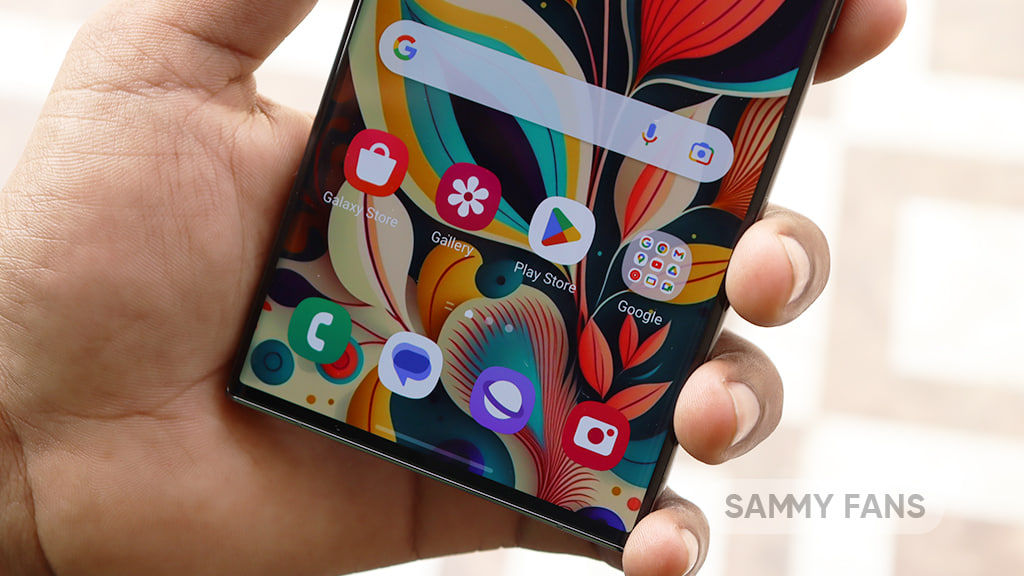
Samsung is enhancing the user experience for its Galaxy Store app with a new update, which is currently released for smartwatches and phones. This update aims to improve functionality and fix issues to ensure a smoother performance for users.
For Wear OS devices, the Galaxy Store app has been updated to version 1.0.05.32. This update makes the app more user-friendly. It also improves the process of managing apps on wearable devices for a seamless experience.
For devices running on One UI, the Galaxy Store update brings the version up to 4.5.78.1. This version focuses on enhancing stability and efficiency as well as includes fixes for known bugs. It also brings performance improvements to provide a more reliable experience.
Users of Samsung phones and smartwatches can install the Galaxy Store update to enjoy enhanced features and an error-free experience.
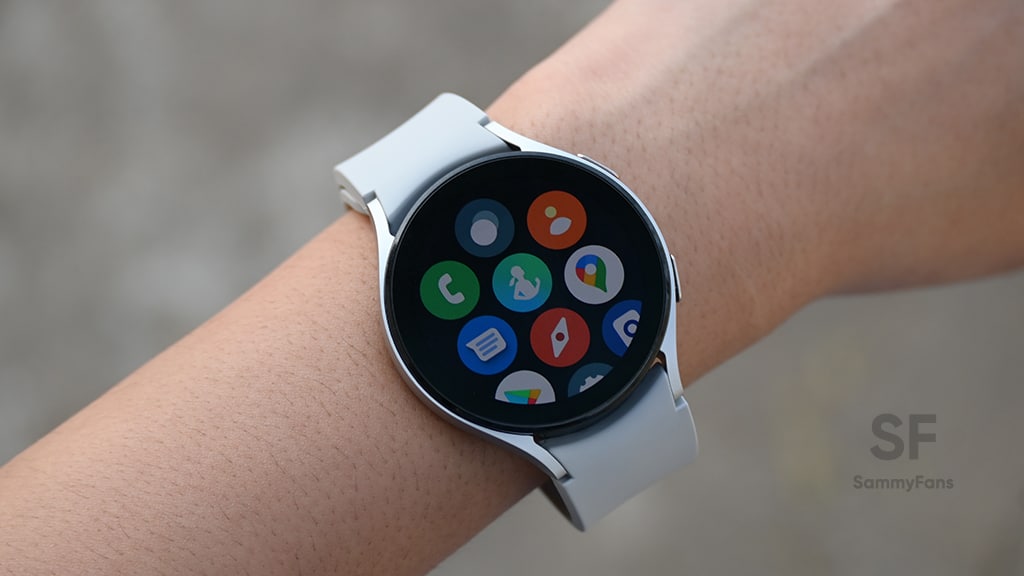
Stay up-to-date on Samsung Galaxy, One UI & Tech Stuffs by following Sammy Fans on X/Twitter. You can also discover the latest news, polls, reviews, and new features for Samsung & Google Apps, Galaxy Phones, and the One UI/Android operating system.
Do you like this post? Kindly, let us know on X/Twitter: we love hearing your feedback! If you prefer using other social platforms besides X, follow/join us on Google News, Facebook, and Telegram.
Samsung
Samsung might introduce Battery AI with Galaxy S25 next year
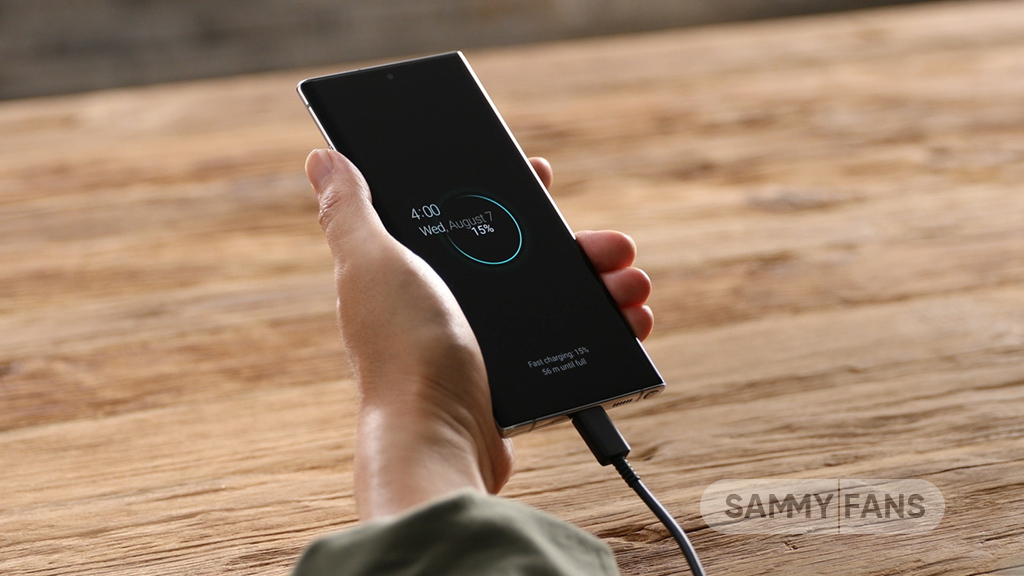
Galaxy AI has given an edge to Samsung over its rivals internationally. The company won’t let easily go of its impressive streak of artificial intelligence. A new rumor [deleted] suggests Samsung will launch Battery AI features with the Galaxy S25 series next year.
Samsung’s Battery AI tech in Galaxy S25 could eliminate the non-essential tasks to increase the total backup. While rumors suggest no battery capacity boost in next year’s flagships, Samsung is considering AI to join the game and boost Galaxy’s battery efficiency.
Battery AI could be a part of Samsung’s One UI 7.1, powered by Android 15. The feature is expected to increase the overall runtime without affecting the smartphone’s performance. PandaFlash/X claimed that Galaxy users can experience between 5-10 percent increase in the total runtime.
One UI already has battery-related features for backup and optimization. The AI-powered functionality will be even more effective and reliable. There will be drastic changes in terms of battery life between charges as AI will make changes according to usage patterns.
Well, we are quite far away from the Galaxy S25 series launch. Meanwhile, Samsung is expected to introduce the Android 15 Beta Program for the Galaxy S24 series in August this year. Stable One UI 7.0 update will likely start rolling out to Galaxies later this year.
Stay up-to-date on Samsung Galaxy, One UI & Tech Stuffs by following Sammy Fans on X/Twitter. You can also discover the latest news, polls, reviews, and new features for Samsung & Google Apps, Galaxy Phones, and the One UI/Android operating system.
Do you like this post? Kindly, let us know on X/Twitter: we love hearing your feedback! If you prefer using other social platforms besides X, follow/join us on Google News, Facebook, and Telegram.








